How to Use a Trailer Brake Controller
Chapter 8
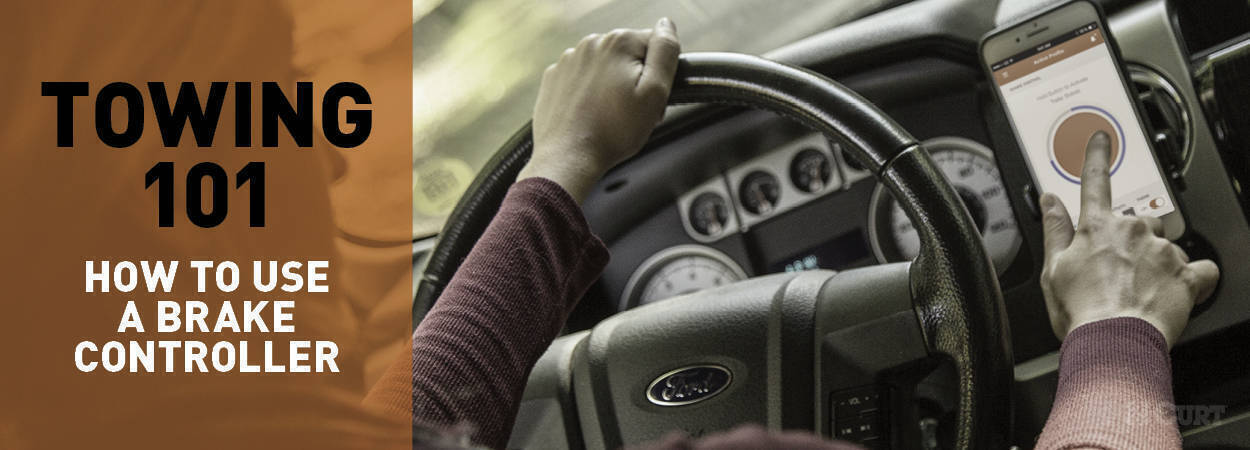
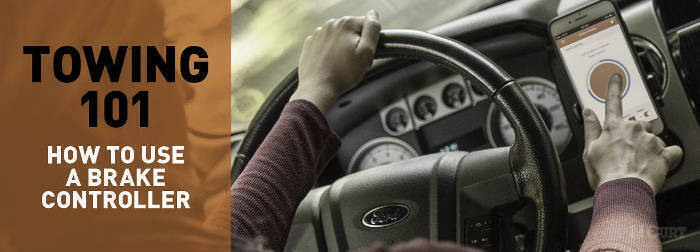
Brake Controller Users Guide
and How to Make Adjustments
Using a brake controller while towing a trailer involves setting up the controller, adjusting trailer brake gain, adjusting braking sensitivity, manually activating the trailer brakes and possibly choosing a few personal settings.
In this guide we will walk through how a trailer brake controller works and the steps involved in how to use a brake controller while towing with trailer brakes.
If you need to adjust your trailer brakes, check out our guide!
How to use trailer brake controller video
Use your smartphone as a brake controller! Check out Echo®
What is a brake controller?
A brake controller is an electronic device that regulates the electric trailer brakes. It allows the driver to activate and monitor trailer brake activity from the cab of the vehicle.
A brake controller mounts in the cab of the vehicle and generally has a few different controls, such as an interface to view braking information and buttons to control the output and manual activation. Trailer brake controllers come in many different styles and capacities.

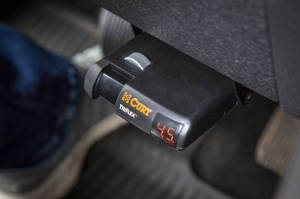
How does a brake controller work?
Time Delay vs Proportional
There are two basic types of brake controllers: time-delay and proportional or inertia-based. Each type is classified by the method of activation the brake controller uses.
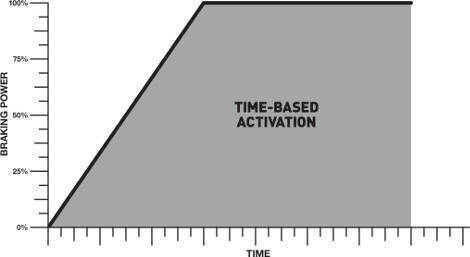

Time-Delay Operation
A time-delay brake controller operates on very simple electrical principles. As soon as the driver presses the brake pedal, the time-based brake controller activates the trailer brakes, applying an increasing amount of power, fixed over time. This is called gain.
The gain setting of a time-delay brake controller can be adjusted by the driver to accommodate each specific trailer. However, the time-delay approach is not as precise as the proportional method.
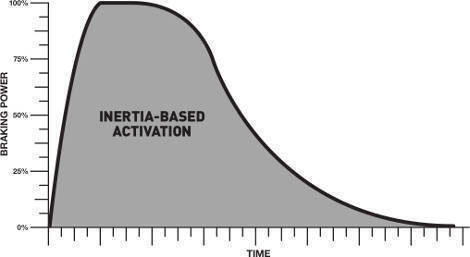

Proportional Operation
A proportional or inertia-based brake controller uses an electrical circuit called an accelerometer to sense changes in momentum. When the driver presses the brake pedal, the brake controller applies power to the trailer brakes in proportion to the vehicle's momentum.
Proportional brake controllers provide smooth stops and efficient braking. This is especially apparent when braking on a hill. If traveling up a hill, the controller applies less power, and if traveling down, it applies more power.
Proportional Brake Controller Automatic Adjustment


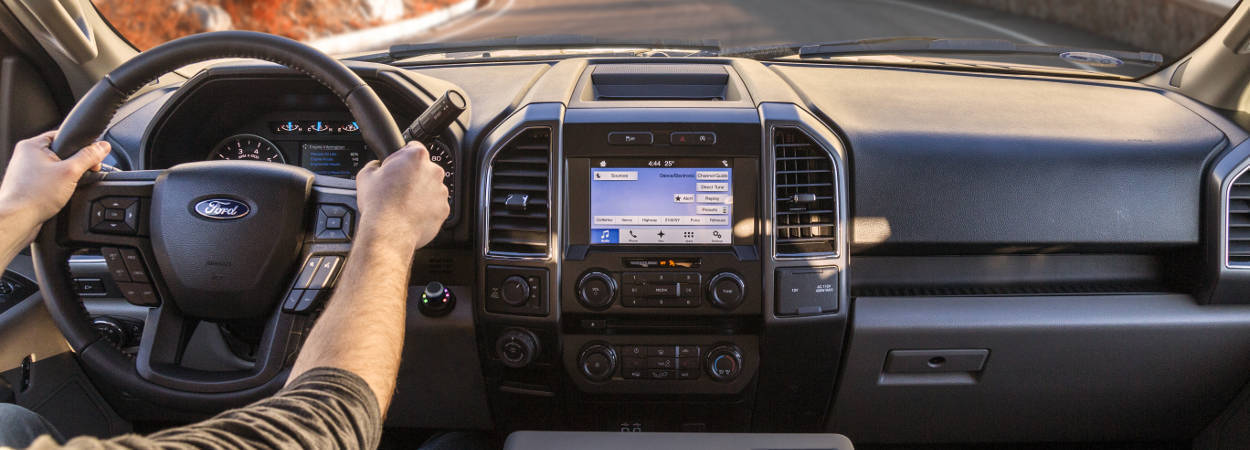
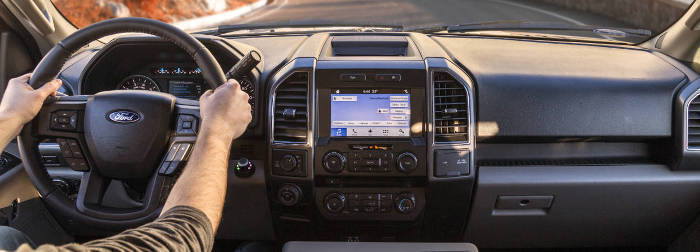
How to Adjust Trailer Brake Controller: 6 Steps
Step 1: Plug in the trailer wiring harness
With your trailer coupled to your vehicle, the first step when towing with a brake controller is to make sure the trailer wiring harness is plugged into your vehicle. A brake controller requires power from the vehicle and a connection to the trailer brakes for proper towing.
During setup, make sure your vehicle and trailer are parked on a level surface. Also, make sure you are in a safe, open area with plenty of stopping distance and no other traffic around.
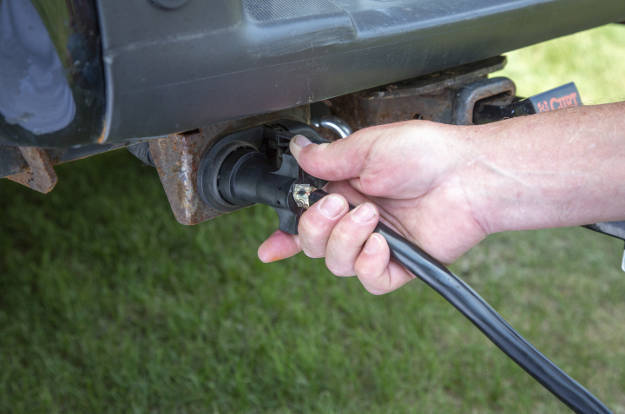

Step 2: Allow the brake controller to calibrate
With the trailer plugged in, the brake controller may need to be calibrated. Most brake controllers are self-calibrating. Others do not require calibration at all.
Typically, self-calibrating brake controllers will flash a light or signal to indicate when the unit is calibrating and when calibration is complete.
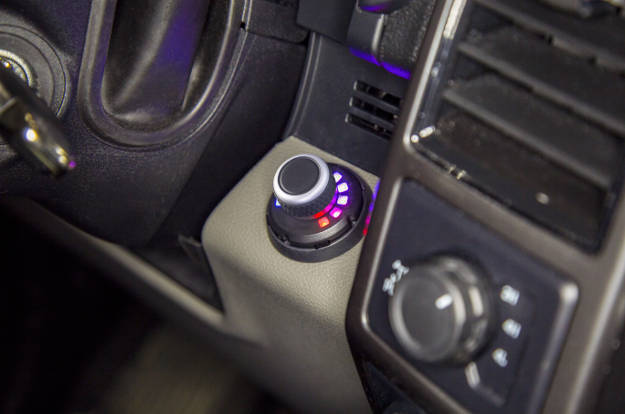

Step 3: Select personal settings
Some brake controllers come with personal settings that can be adjusted to your preference, such as the angle of the interface, the brightness of the screen and even the location of the brake controller itself.
Be sure to adjust all of these settings before driving.
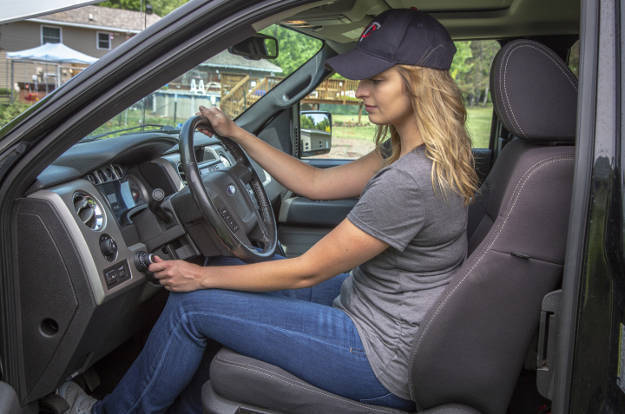

Step 4: Set the maximum output
Maximum output is the maximum amount of power the brake controller will apply to the trailer brakes. You will need to set this level and adjust it depending on the load size.
To adjust your brake controller output, press and hold the vehicle brake pedal. Set the output to the starting value specified in the instructions.
Then, in an open area, test the trailer brakes by driving forward at about 25 mph and applying the brakes. If the vehicle stops too slowly, increase the maximum output. If it stops too abruptly or locks up, reduce the output.
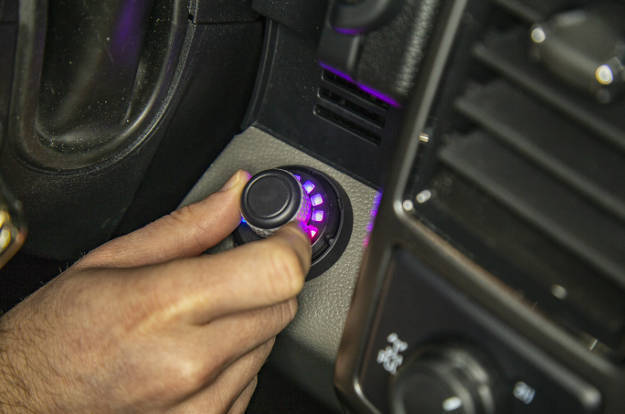

Step 5: Adjust the sensitivity level
Sensitivity is how aggressively your brake controller will apply the brakes. You can set sensitivity by testing the trailer brakes again.
Drive forward at about 25 mph and press the brake pedal. If the vehicle stops too slowly, increase the sensitivity setting. If it stops too abruptly, lower the sensitivity.
As operation becomes more comfortable, you can test braking at various speeds to ensure smooth stops in any conditions.


Step 6: Manually activate brakes as needed
Most trailer brake controllers come with a manual activation button. This allows you to activate the trailer brakes whenever desired, without applying the vehicle brakes.
Manual trailer brake activation can be useful for correcting minor trailer sway and gradually slowing down on a steep hill or before stops.
Want to use your smartphone as a brake controller? Check out Echo®
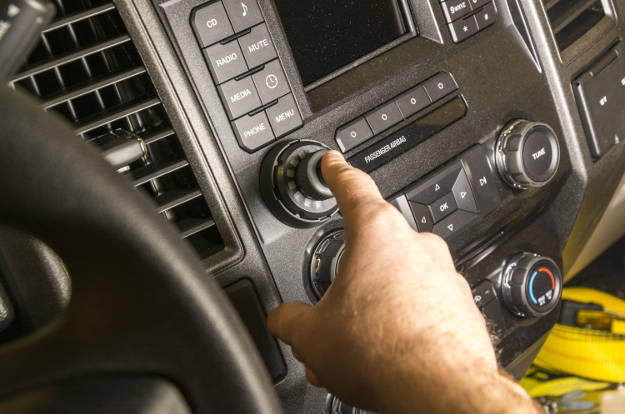

How to use a proportional brake controller video
Do I need a trailer brake controller?
If you're asking yourself: Do electric trailer brakes work without a controller? The answer is, no. Electric trailer brakes do not work without a brake controller. If your trailer is equipped with electric brakes, you will need a brake controller to tow.
However, some trailers are equipped with surge brakes. These are a hydraulic braking system that uses the trailer's own weight and momentum to actuate the brakes. Unlike electric trailer brakes, they do not require a brake controller or even an electrical connection to the vehicle.
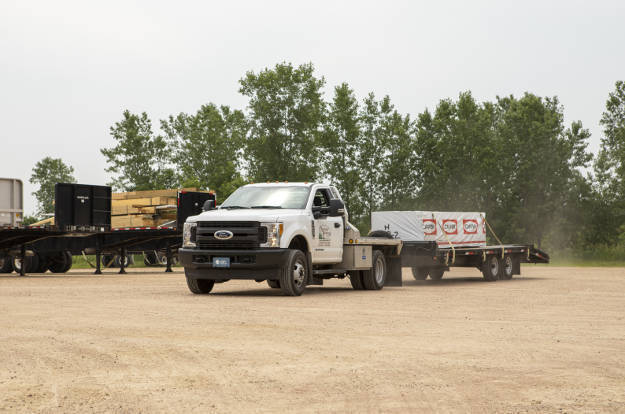

Towing Tip!
If you have a trailer shop adjust your brakes, have them lubricate your wheel bearings, check your wheel nuts and inspect your tires and valve stems at the same time.
FAQs
How does a trailer brake controller work?
A trailer brake controller uses electricity from the tow vehicle to apply a specific amount of power to the trailer brakes. It uses electrical circuits and trailer gain settings to regulate the amount of braking power. Some brake controllers have circuits that respond to the vehicle's momentum while towing. Others apply power on a fixed increasing scale and level off at a maximum output, based on parameters set by the driver.
How do you calibrate a trailer brake controller?
To calibrate a brake controller, make sure the vehicle is parked on a level surface. Then, plug your trailer into your tow vehicle. The brake controller will then calibrate. Most brake controllers are self-calibrating. After calibration, some adjustment may be required to best fit the vehicle, trailer and load size.
What is the best setting for trailer brake controller?
The best setting for a brake controller is one that will match the trailer and load size. Begin by selecting the gain level and sensitivity recommended by the manufacturer. Then, test the brake controller and brakes. If more gain or sensitivity is needed, adjust accordingly.
What is trailer gain?
Trailer gain is the amount of power a brake controller applies to the trailer brakes. It is equal to the maximum amount of stopping force for the trailer. As the vehicle brake pedal is applied, the gain tells the brake controller how much electrical power to apply to the trailer brake electromagnets.
What should my trailer gain be set at?
Trailer gain should be set based on the trailer and load size. For larger trailers, use a higher gain setting. For smaller trailers, a lower gain setting should be used to avoid brake lockup.
How to set trailer brake gain
To set trailer brake gain, start with the values specified by the manufacturer. Test your trailer brakes at 25mph. If the vehicle stops slowly, increase the trailer brake gain. If the brakes lock up, decrease the gain.
 ARIES
ARIES  CURT
CURT  LUVERNE
LUVERNE  UWS
UWS 



